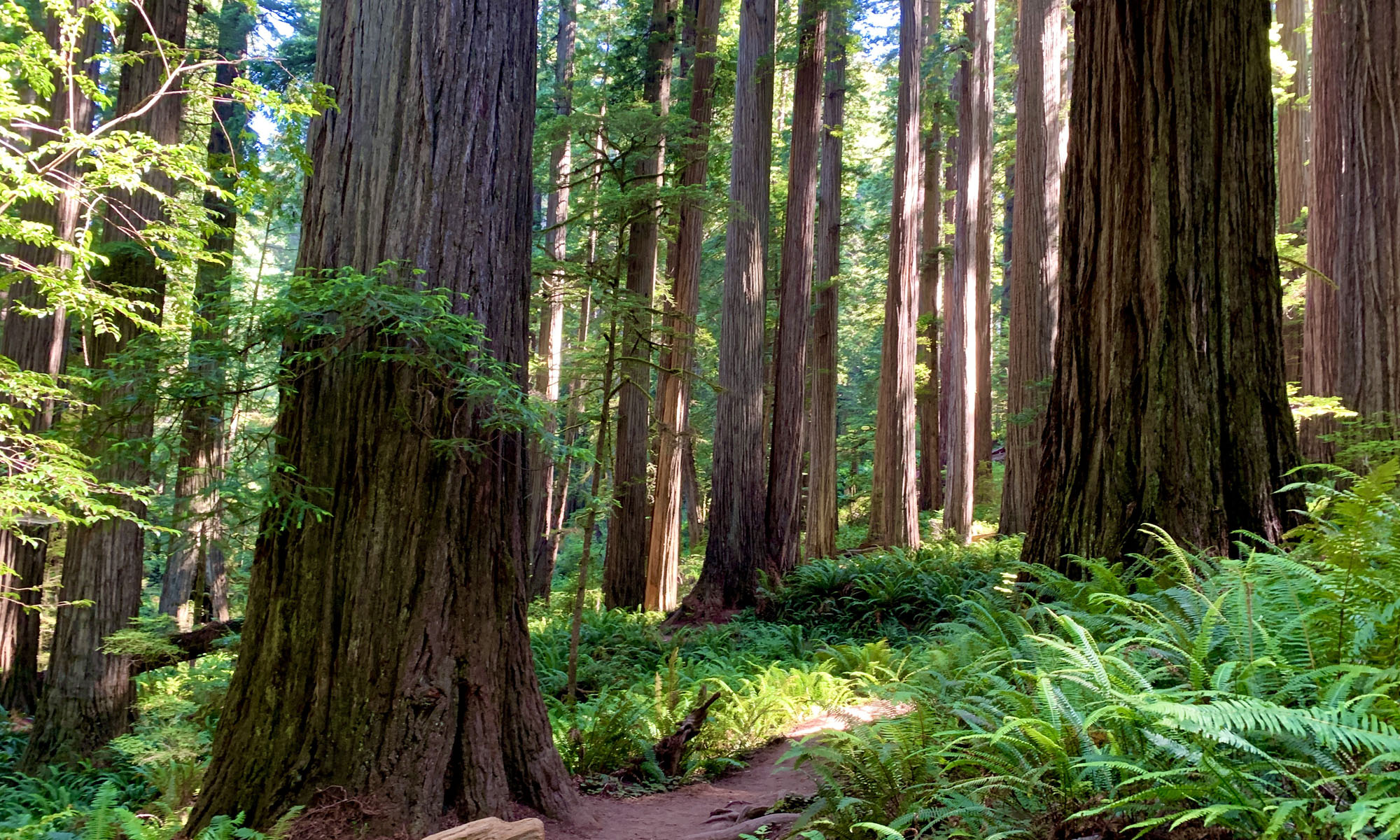Getting lost in the wilderness is the holy sh*t of hiking, but it’s not the end of the world. After all, you somehow got to where you are, so you should be able to get back. Don’t panic.
Get your bearings. Take in where you are and where you came from. Look for your footprints if the ground permits. Look for landmarks you may have noticed when you passed getting to where you are, and they can guide you back to the way you came.
If you can’t figure out where you came from, another way to get your bearings is to look for large landmarks – a hill, mountain or other significant landmark you recognize and have seen earlier from your hike. Gain your bearings from that and figure out where you were in relation to it from earlier.
Here are a few things to keep in mind before and during your hike:
🔺 The main thing you should do is always tell somebody where you are going and when you expect to return or check in with them. If you don’t contact them within a reasonable amount of time after your agreed upon check-in time, they can reach out to the appropriate authorities to start a search for you.
🔺 Know area landmarks (hills, mountains, a recognizable rock formation, lookout towers, etc.), that can be easily identified in relation to where you parked. If you can identify them, then they can help guide you back to the trailhead.
🔺 Take a paper trail map with you and know how to read it. Having a compass to use with it is even better. Electronic maps are nice, but don’t rely on them solely. Batteries do go flat.
🔺 That said, a GPS is an awesome piece of technology to have with you. You can check your tracks and then follow them back to return you from where you came. Always take an extra set of batteries with you. I carry multiple sets of batteries for mine.
🔺 Stay on the trail, but be directionally aware in case you somehow get off it – it happens and you don’t even know it until it’s too late. You don’t have to know north, west, east or south, but keep in mind the direction from where you came. If the ground permits, look for your footprints. Also, look for landmarks that caught your attention you passed and may remember.
🔺 Listen for voices. Other hikers may be out, and their voices may guide you back to your trail, or possibly to them where they may be able to help you.
🔺 One way to tell if you’re on a trail from something that looks like a trail is to see how maintained it is. Are there cut logs/trees by the trailside? Can you tell if bushes/shrubs have been cut? You can tell this if there is a “clean” cut made by something with a blade or unnatural vs. something that looks like it was broken off without a smooth cut. I am never an advocate of trash on a trail or anywhere else, but in this instance, trash is useful. It tells you that people have been where you are before – but I’m not talking about a rusty can some logger left there 60 years ago. That doesn’t offer much hope.
🔺 Check for a cell phone signal. It’s better to do this when you’re higher up nearing a ridge without the blockage of higher mountains around that could block a signal. That said, I’ve also been deep in the backcountry before and surprised to see a signal in certain places. Even if you don’t have a signal, dial 911 anyway. If you there is a cell tower nearby that is not supported by your carrier, it will respond to your cell phone if you dial 911.
🔺 Although they can be expensive, I am a strong advocate of Personal Locator Beacons. Having one with me is as important as having a sufficient water supply. The use of a PLB isn’t something to be taken lightly and are to be used as a last resort. Use it only if you are ABSOLUTELY sure you cannot find your way out. Once you activate it, people will start looking for you.

One Reply to “Getting Lost: The Holy Sh*t of Hiking”
Comments are closed.